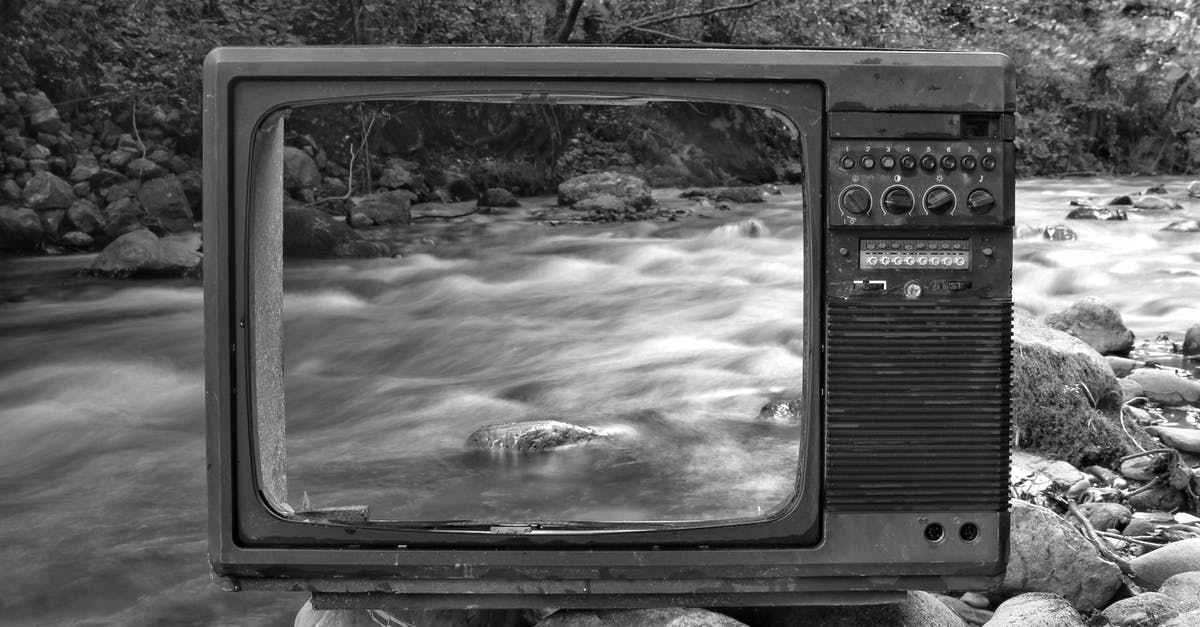How long are TV shows typically awaiting airing after completion, Star Trek: Picard in particular?

I'm watching Star Trek: Picard as it comes to air and have just seen a promo for it. The show is obviously presenting a story arc presumably spanning a whole season; judging by the pace of the two episodes aired so far, some of the action teased in the promo looks like it must be multiple episodes in. So it leads me to ask:
For an effects-heavy show like "Picard", how much time typically elapses between the point an episode is complete and ready to air and the time it actually goes to air? Was the full season already complete before the first episode aired, or are major portions of the season still in production (any step from post-production all the way back to script writing)?
How does current practice compare to past practice (both for sci-fi/effects shows generally, and Star Trek series in particular)? Anecdotes about Start Trek (original series) suggest that production schedules were very tight, perhaps also suggesting that episodes sometimes went to air relatively soon after they were complete. Is/was this true?
EDIT:
I forgot that Picard was produced for a streaming service (I'm watching on Canada's sci-fi cable channel). It does lead me to explore a slightly different tangent:
Do shows produced for streaming always drop full seasons at once? Is there any motive to drop them in smaller batches, or drip them out one episode per week as if broadcast?
Best Answer
I'm not sure there is such a thing as a 'typical' lead time. It's very much dependent on episode count per year and budget.
I've never worked on a sci-fi big budget show like the Star Trek franchise, so I can't be specific on that one, sorry.
I've worked on 8- or 10-episode flagship shows where principal photography was May - October, with 1st episode xmas then the main season starting January/February. Shows such as Call the Midwife, Mr Selfridge and Downton Abbey would fall into this category.
To break that mould, Silent Witness shoots a 10-month schedule for 10 episodes, but they run something like 2 months on, 1 month off, which is an unusual setup.
Mammoth budget stuff like The Crown is maybe a year from start of principal photography to air date - but that being Netflix is all released in a single day, which means the important lead time is from the end of photography. For instance, season 3 aired November, by which time we were well into season 4 filming.
Conversely, the large budget show "24" were filming 'dangerously close' to air date - sacrificing location efficiency for sequential scene setups. We would go back to a location for every episode, no matter how costly it was compared to shooting all one location's requirements in one visit, because at some points they were only two weeks ahead of air-date.
I've worked 24-episode shows and 200-episode soaps where the lead time 'standard' is closer to two months. The show I'm working at the moment feels something similar to this, 10 episodes; photography ends at the end of February, air-date is May. [It's going to be on Hulu and I don't know whether they do the Netflix all-at-once or the Amazon one-a-week structure].
One very long lead time movie I know of was Dumbo. That was shot across Summer 2017 but not released until late 2019.
After your edit -
Some streaming services release all at once [Netflix model] some release one a week [Amazon model] Some terrestrial services do both - broadcast to air one a week, but drop the whole lot to streaming on day one [BBC do this sometimes with iPlayer].
That has to be factored in before production starts. It still doesn't mean there is a 'typical' lead-time.
Also bear in mind these days one director rarely directs the entire series. They get a block each, so can go off to edit their block as soon as it's finished.
Pictures about "How long are TV shows typically awaiting airing after completion, Star Trek: Picard in particular?"



How long does it take for a show do you air after filming?
It's about eight weeks between shooting and air date.Why are TV seasons 24 episodes?
The idea for the series first came from executive producer Joel Surnow, who initially had the idea of a TV show with 24 episodes in a season. Each episode would be an hour long, taking place over the course of a single day.Why do TV shows only have 10 episodes now?
Actors, writers and producers seem to agree that storytelling can be more focused and deeper when presented over a shorter season. "I think you can attract the talent you want by having a shorter season and you can tell more interesting stories," "X-Files" star David Duchovny told Variety.How many episodes are in a typical TV series?
Since at least the 2000s, new broadcast television series are often ordered (funded) for just the first 10 to 13 episodes, to gauge audience interest. If a series is popular, the network places a "back nine order" and the season is completed to the regular 20 to 26 episodes.STAR TREK: PICARD - RECENSIONE SENZA SPOILER della SERIE TV AMAZON
Sources: Stack Exchange - This article follows the attribution requirements of Stack Exchange and is licensed under CC BY-SA 3.0.
Images: Pixabay, Max Vakhtbovych, Felix Mittermeier, Photography Maghradze PH
